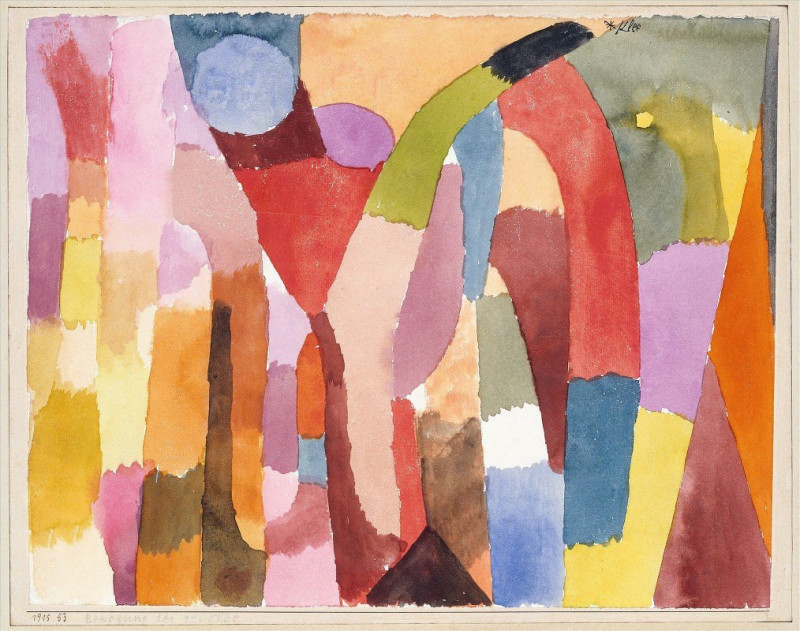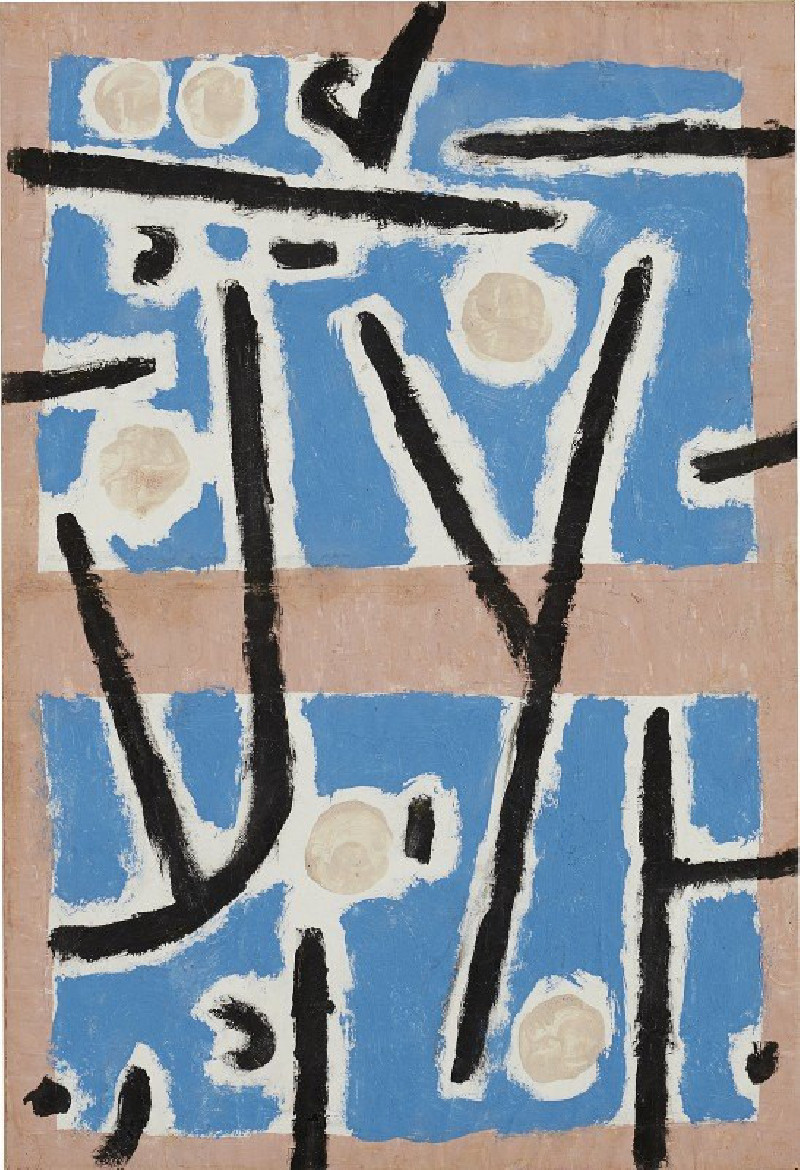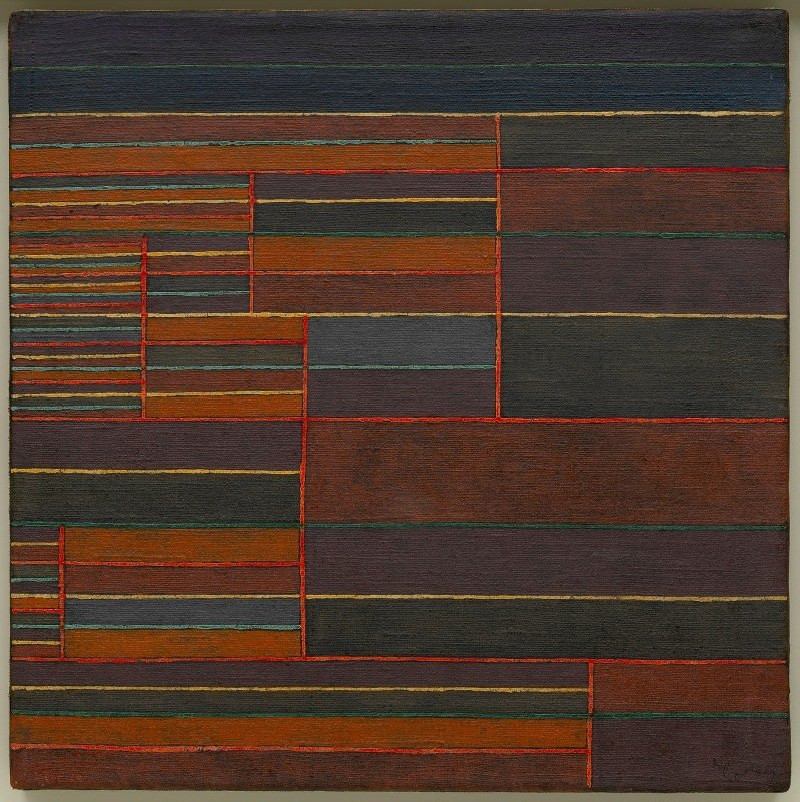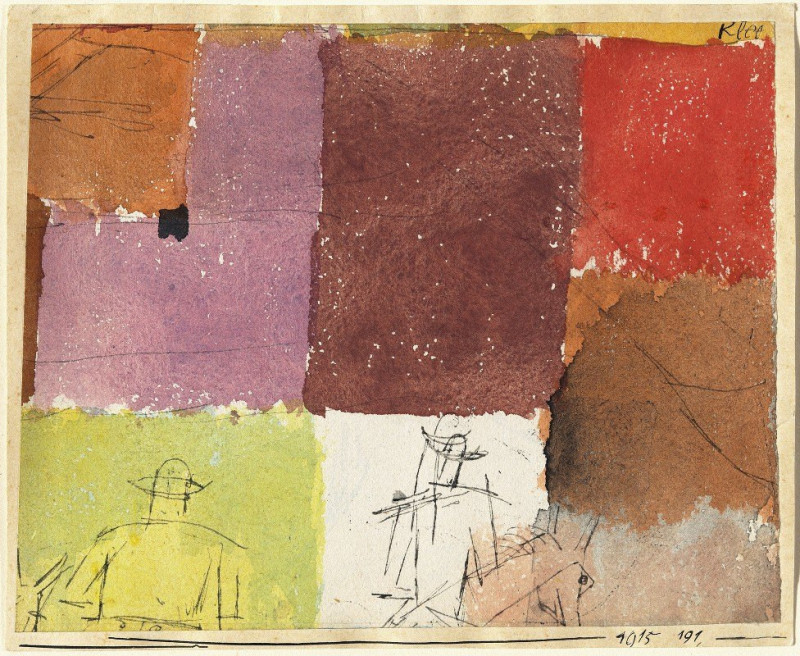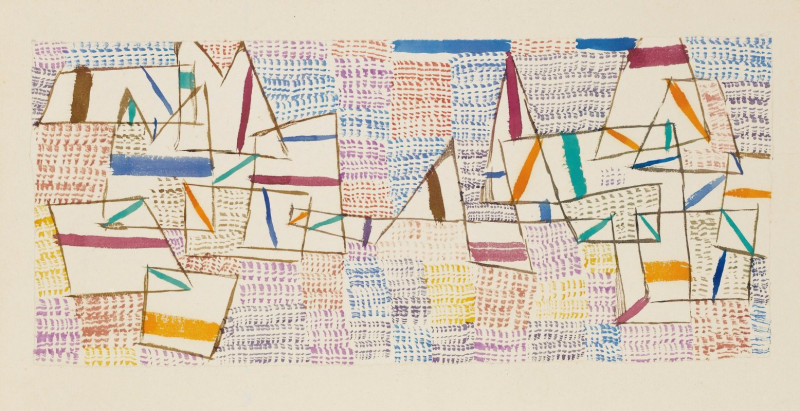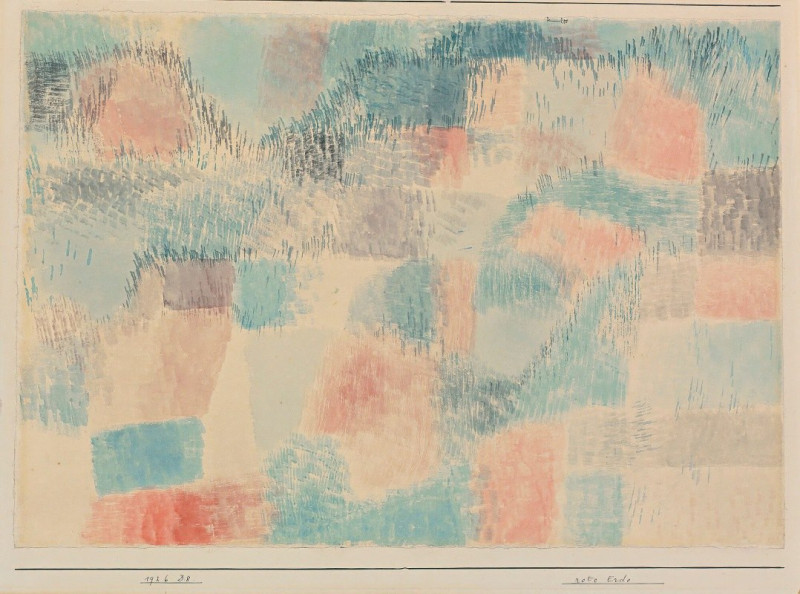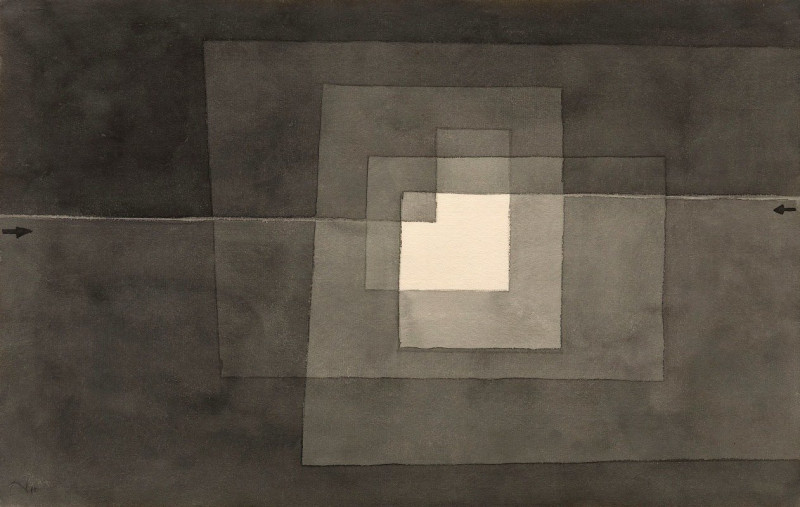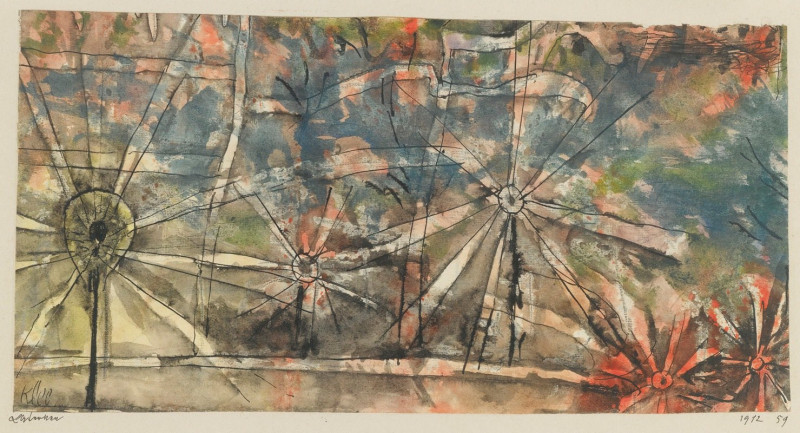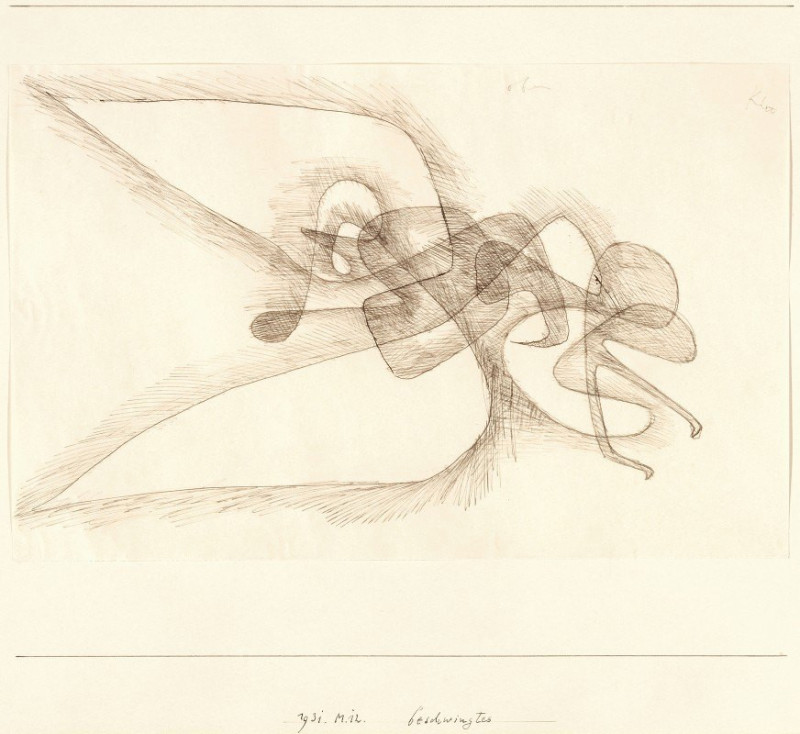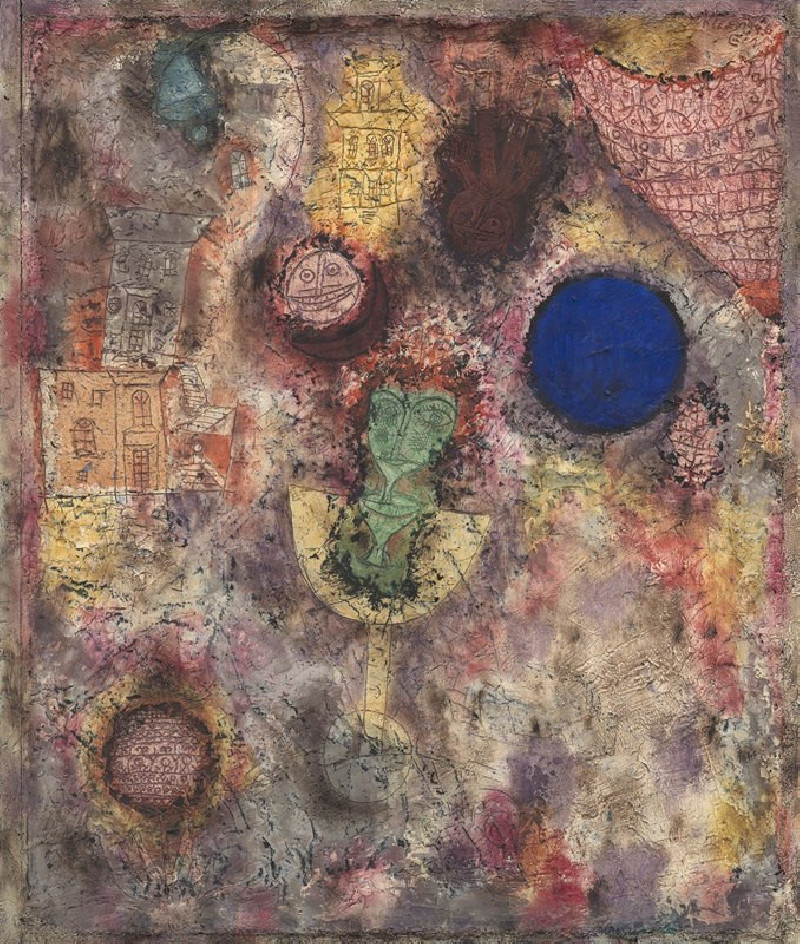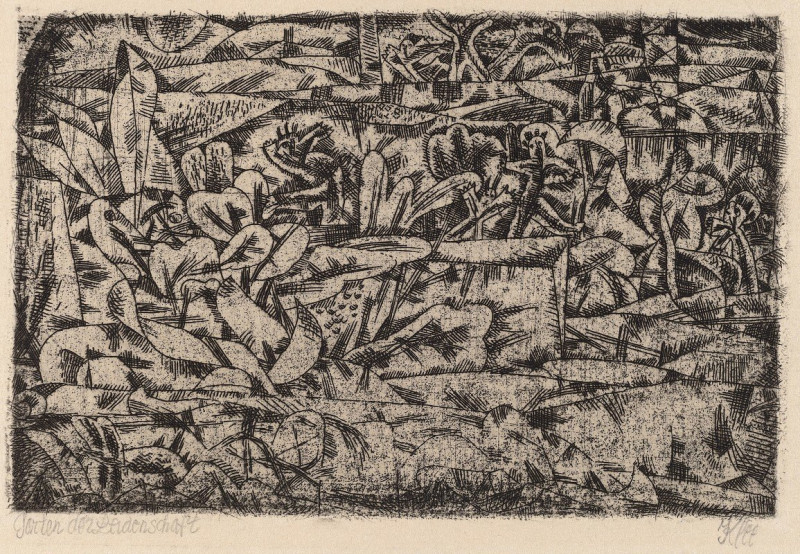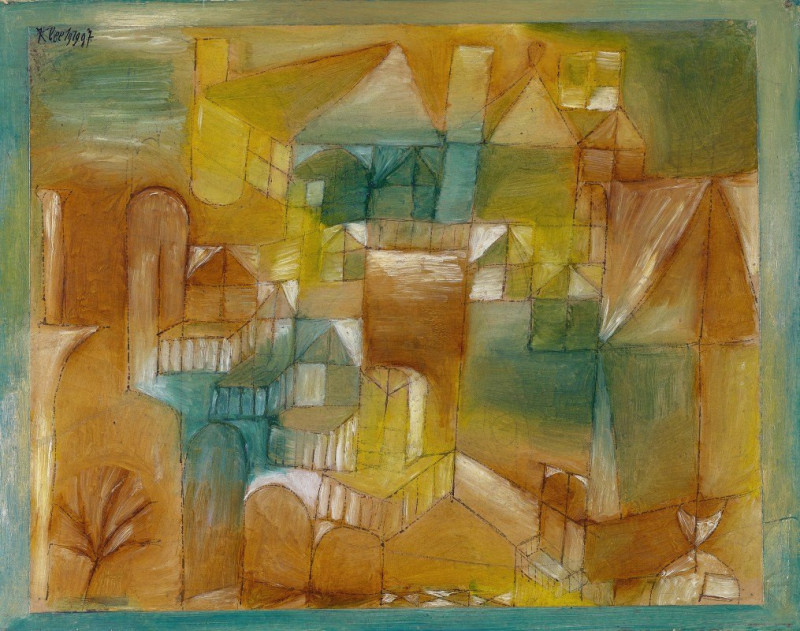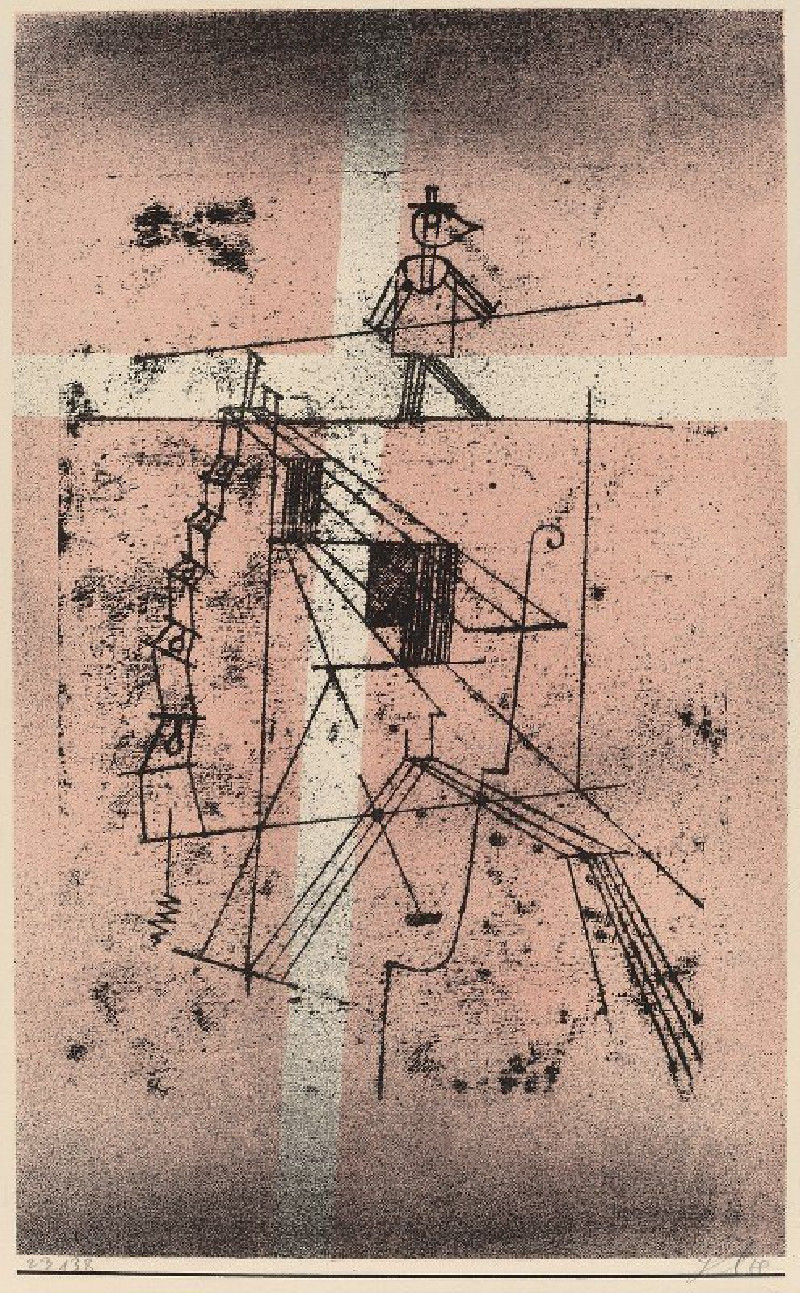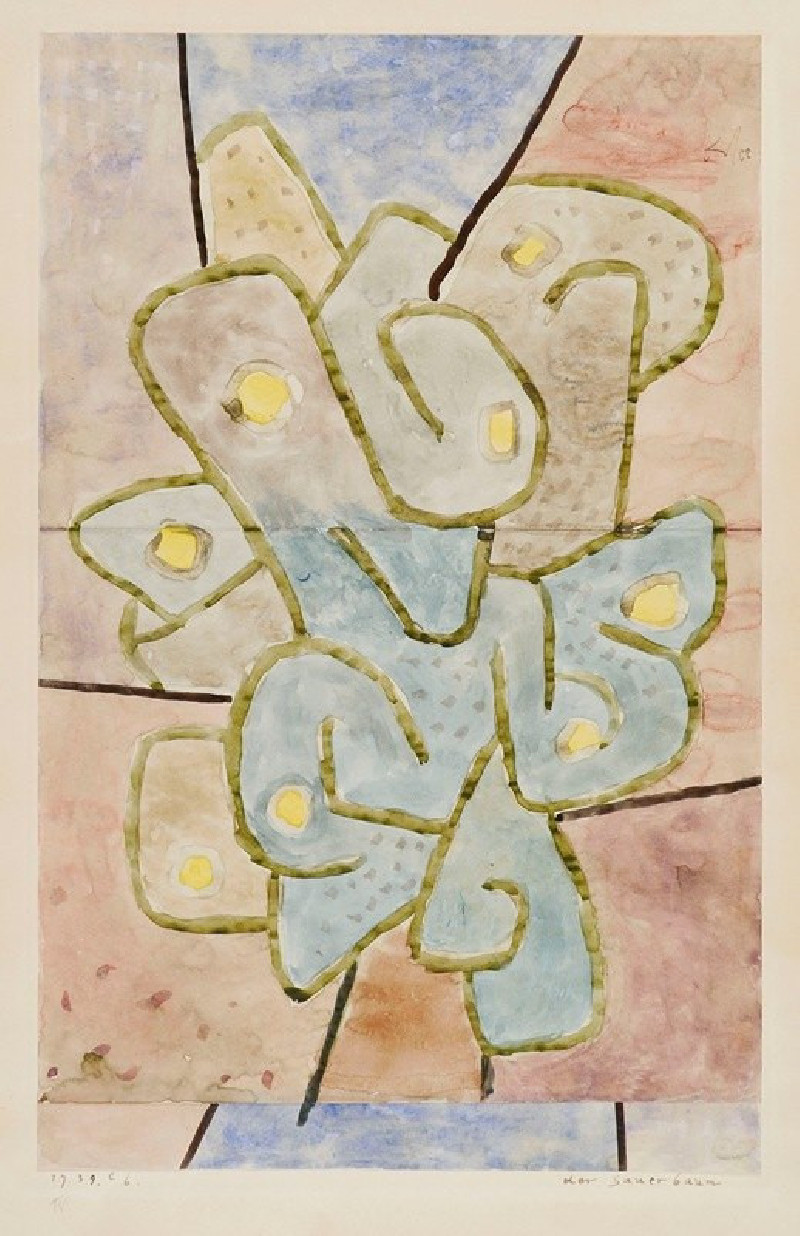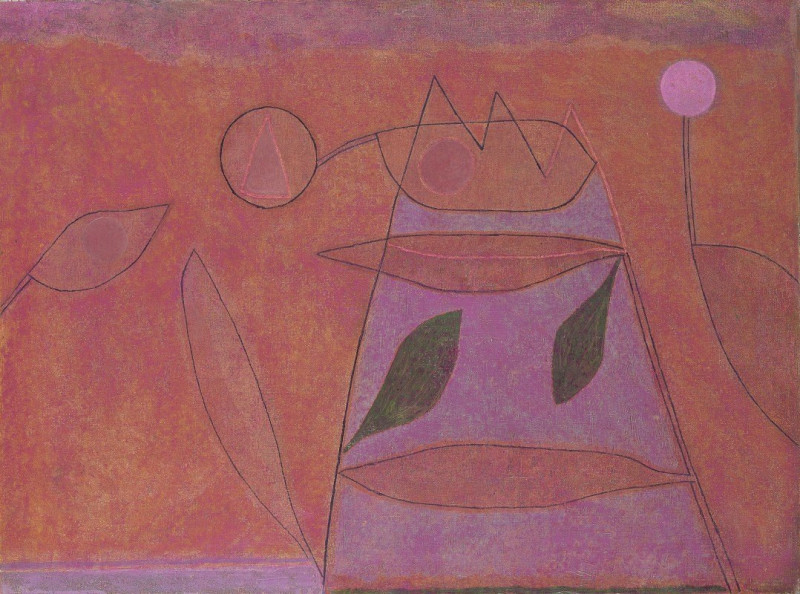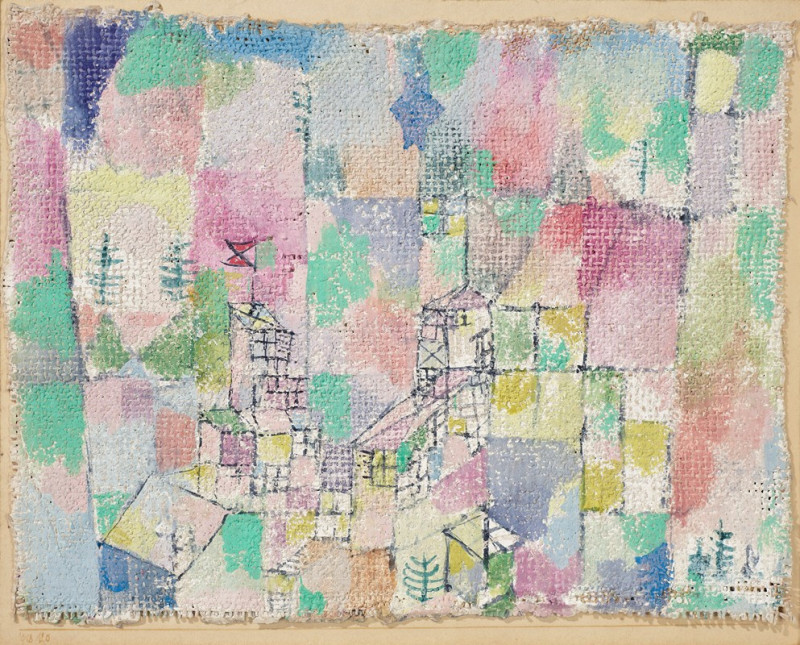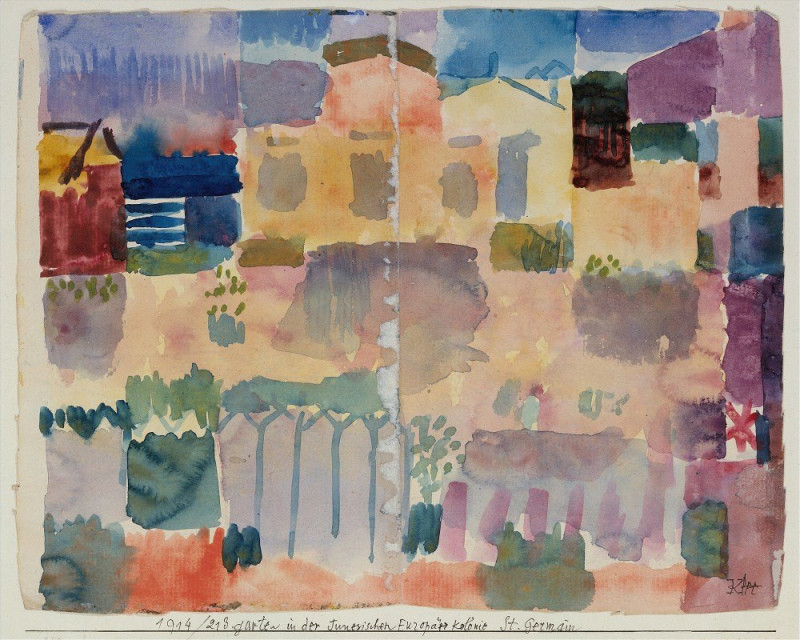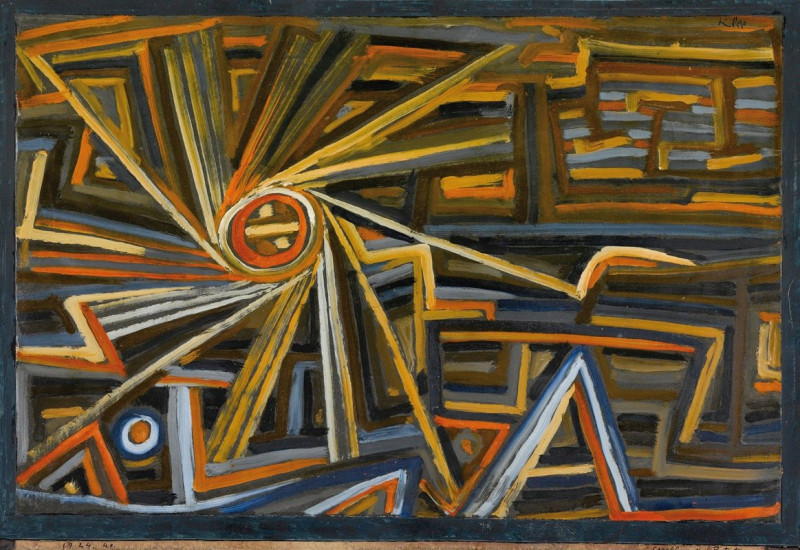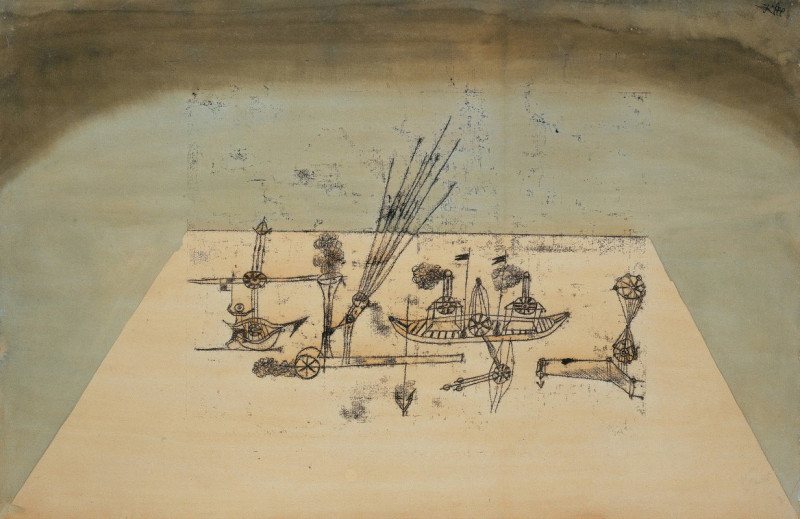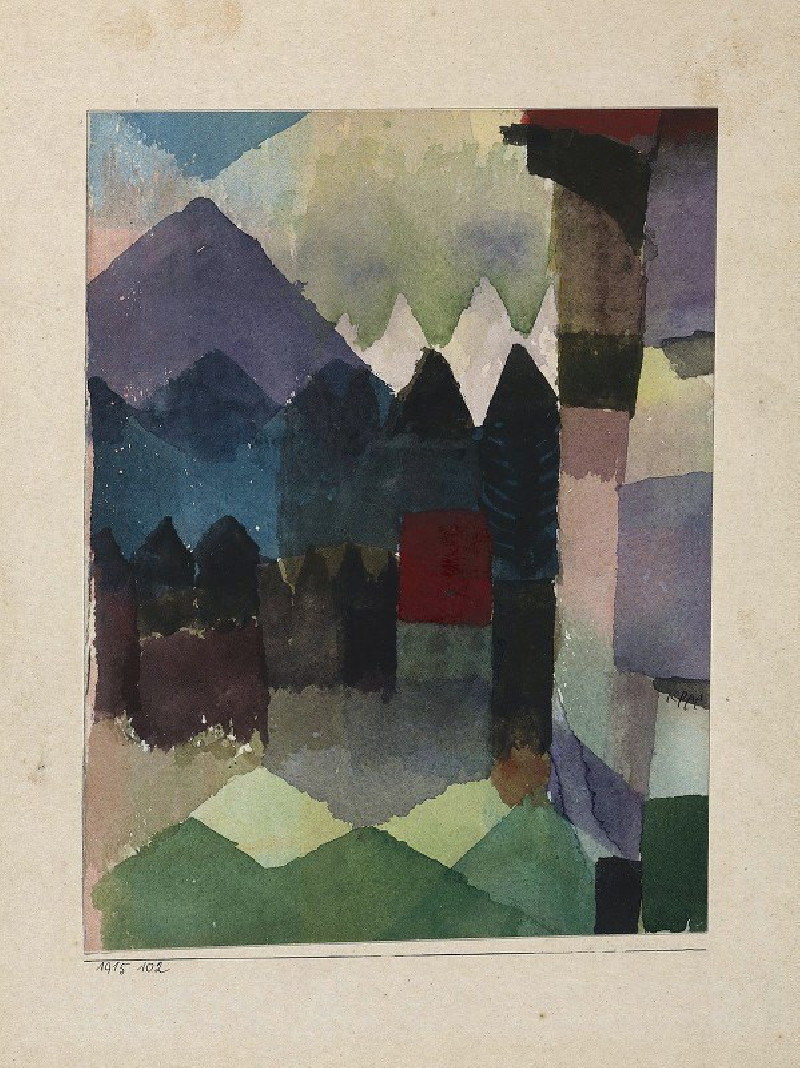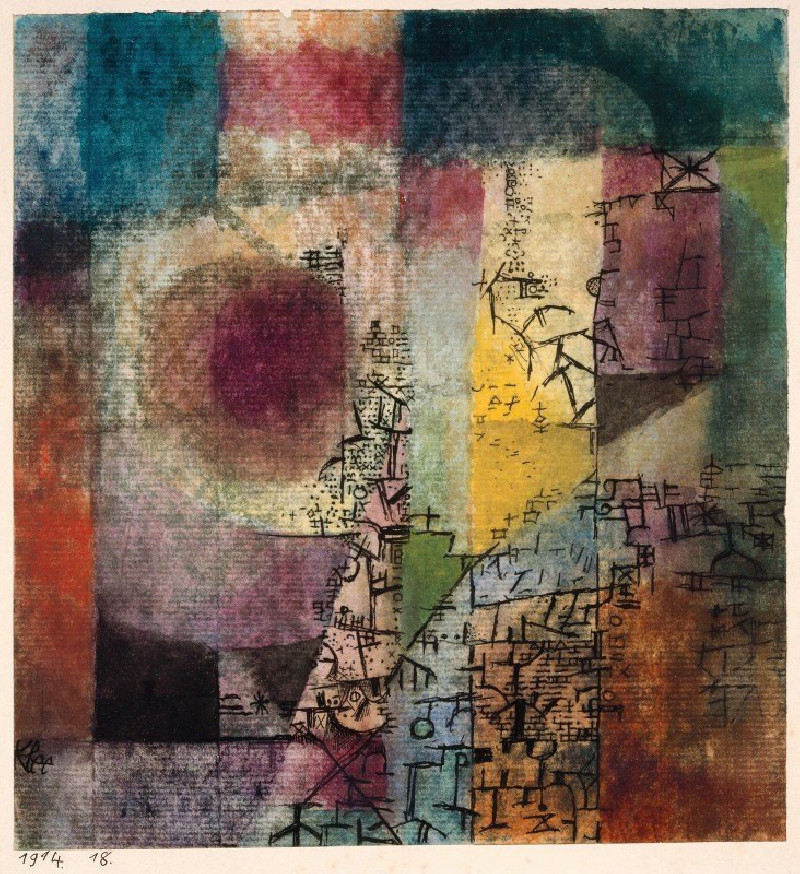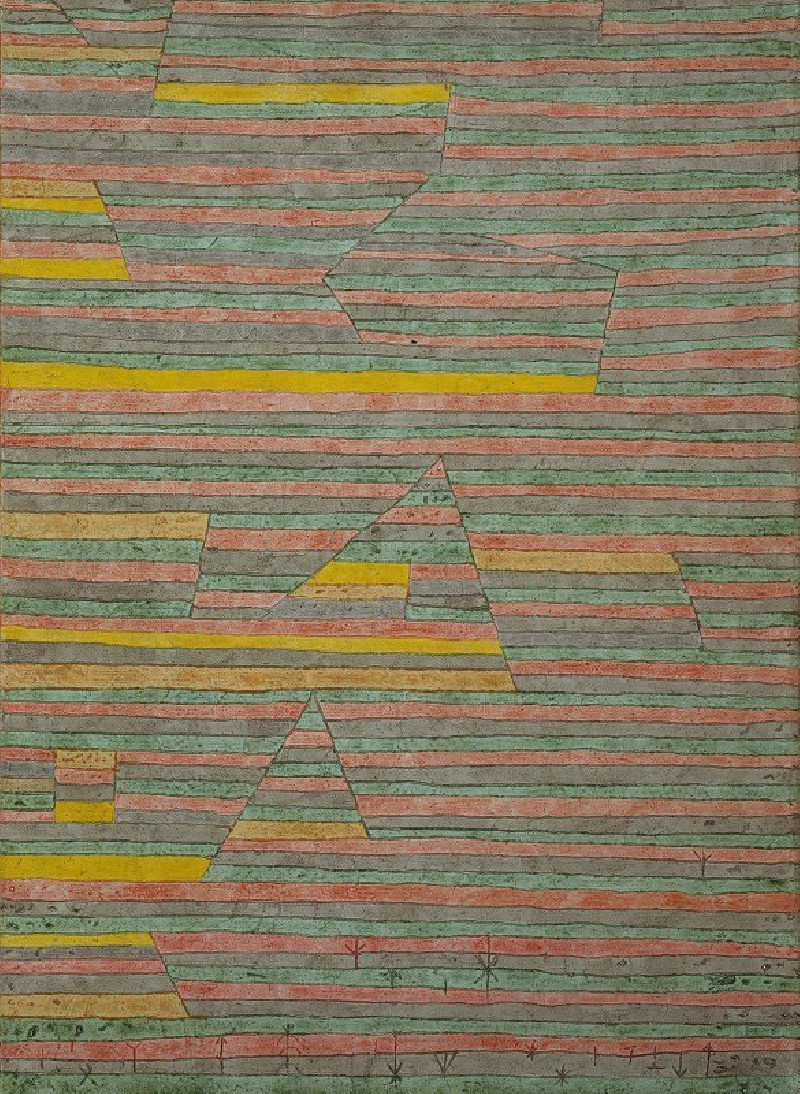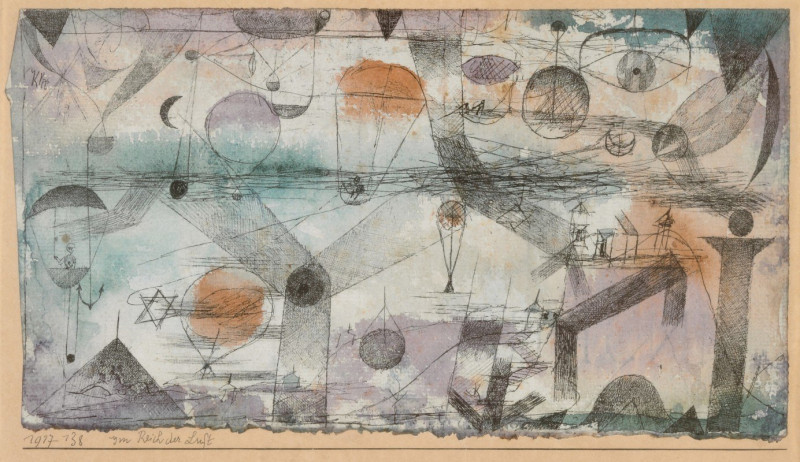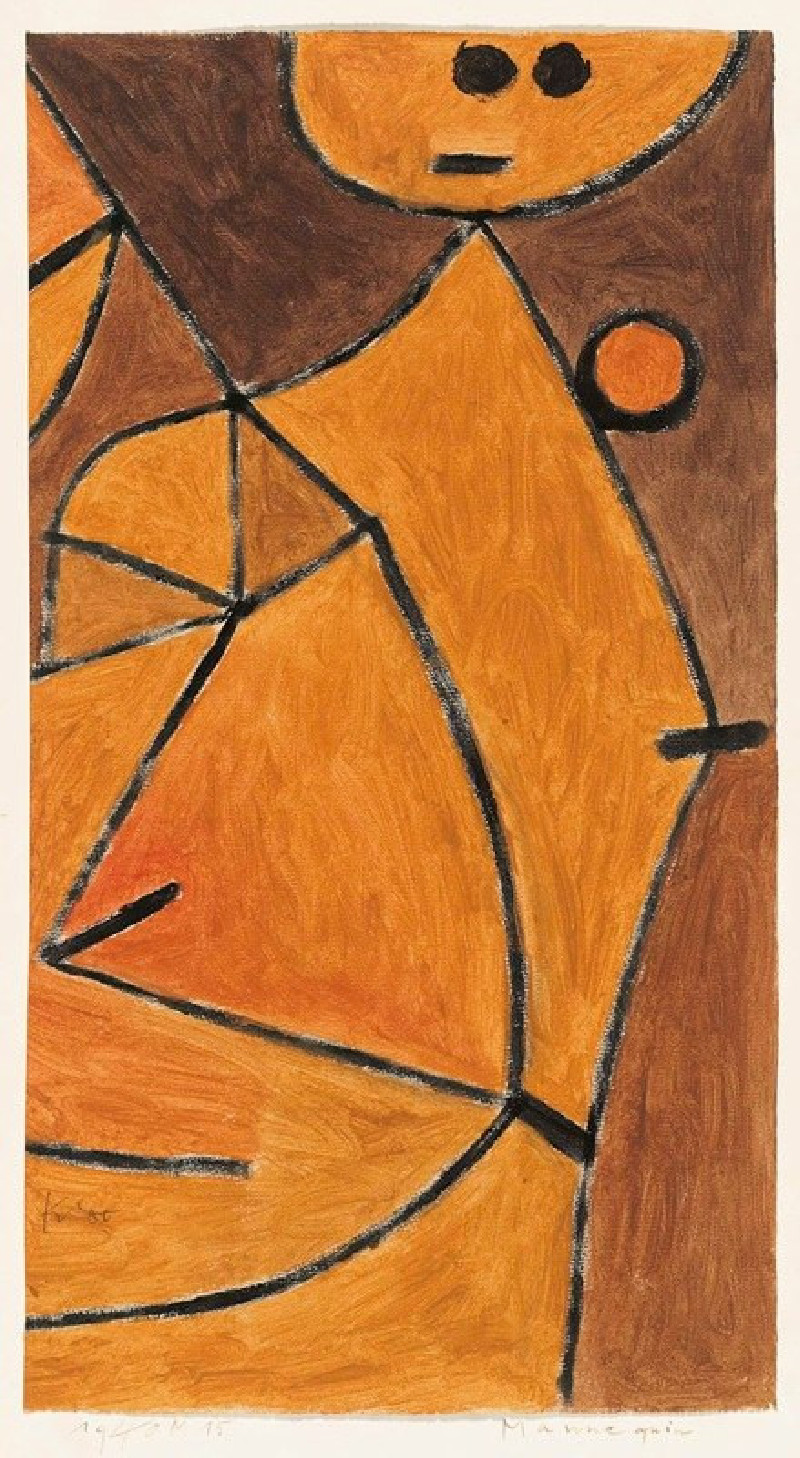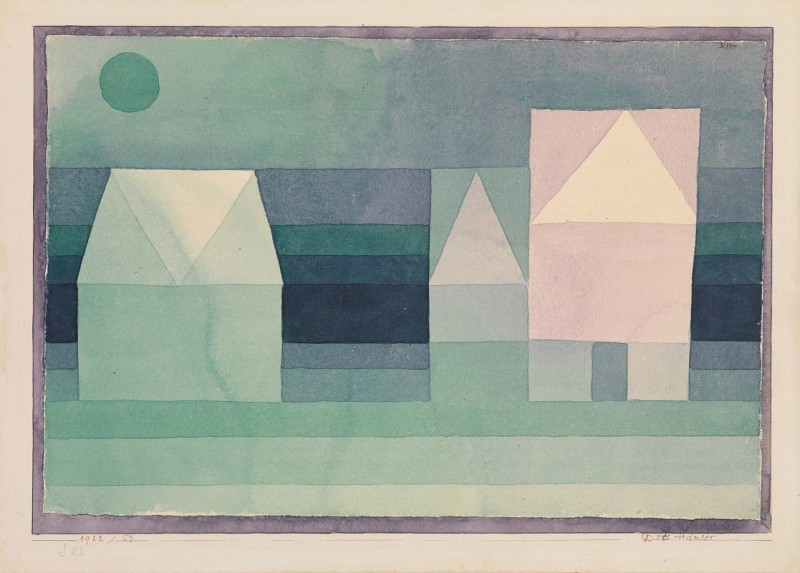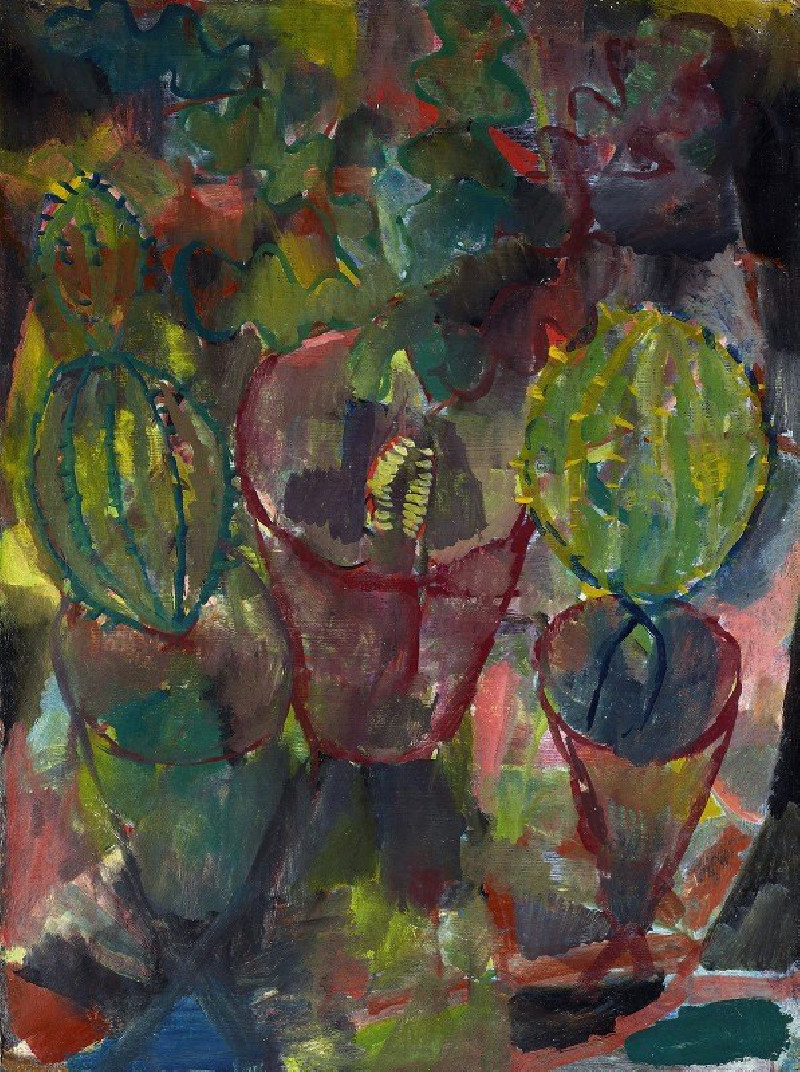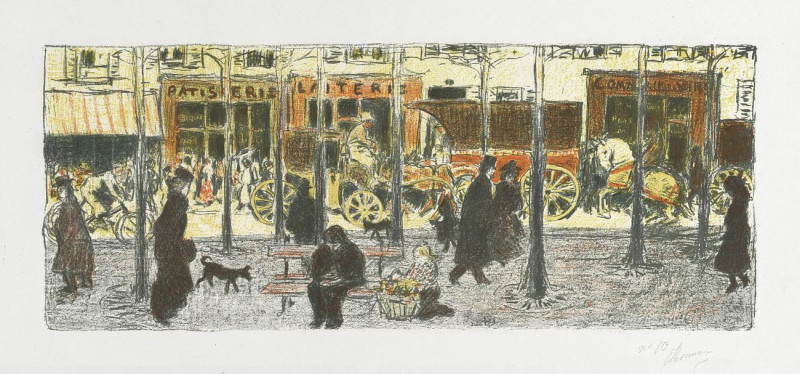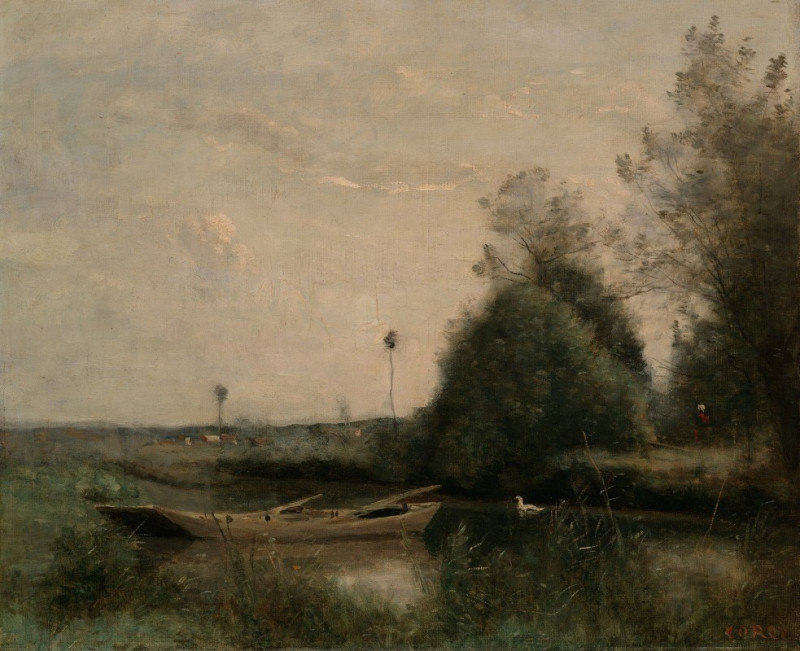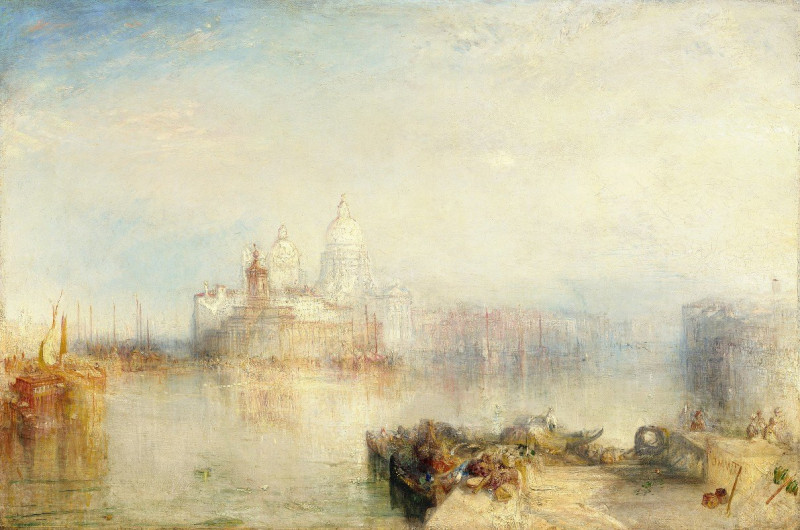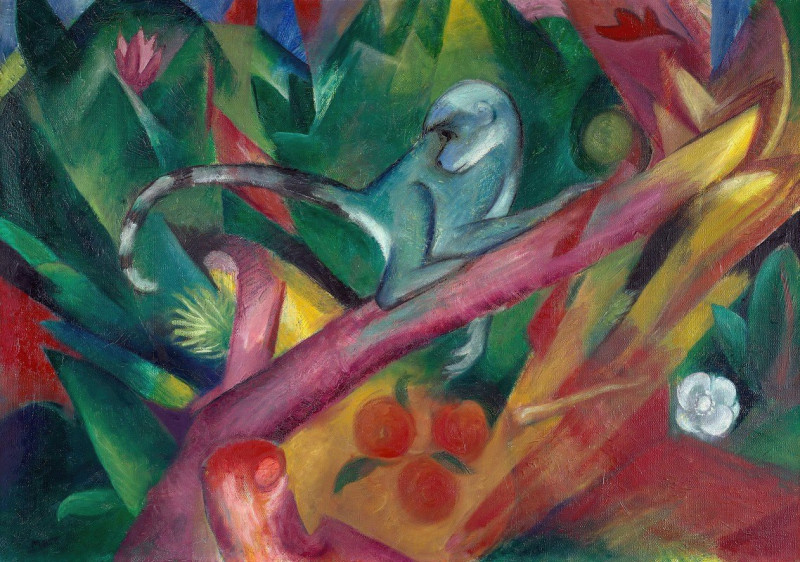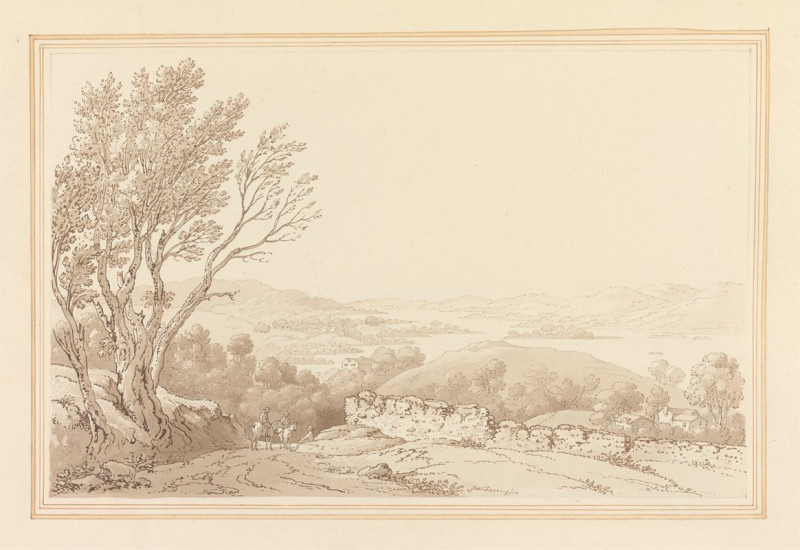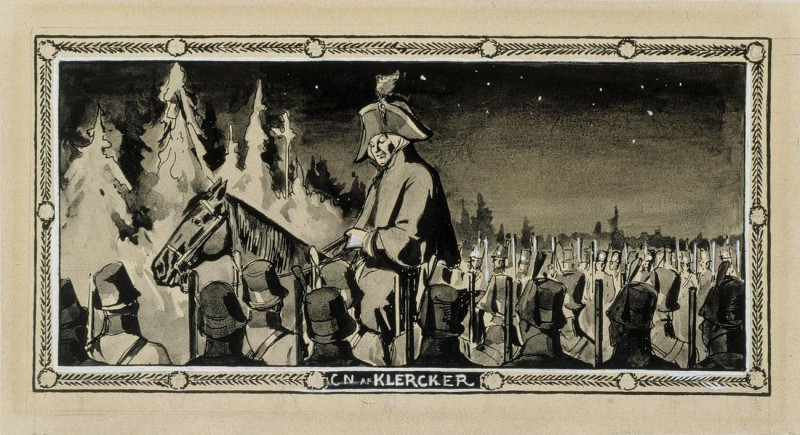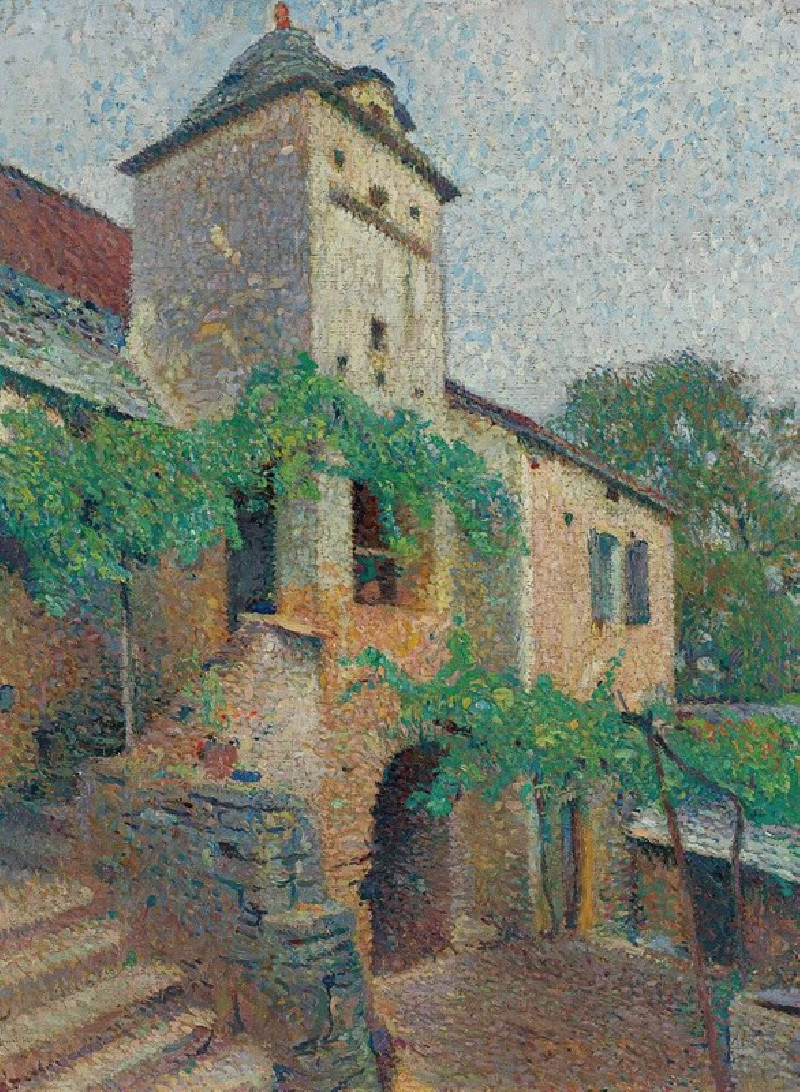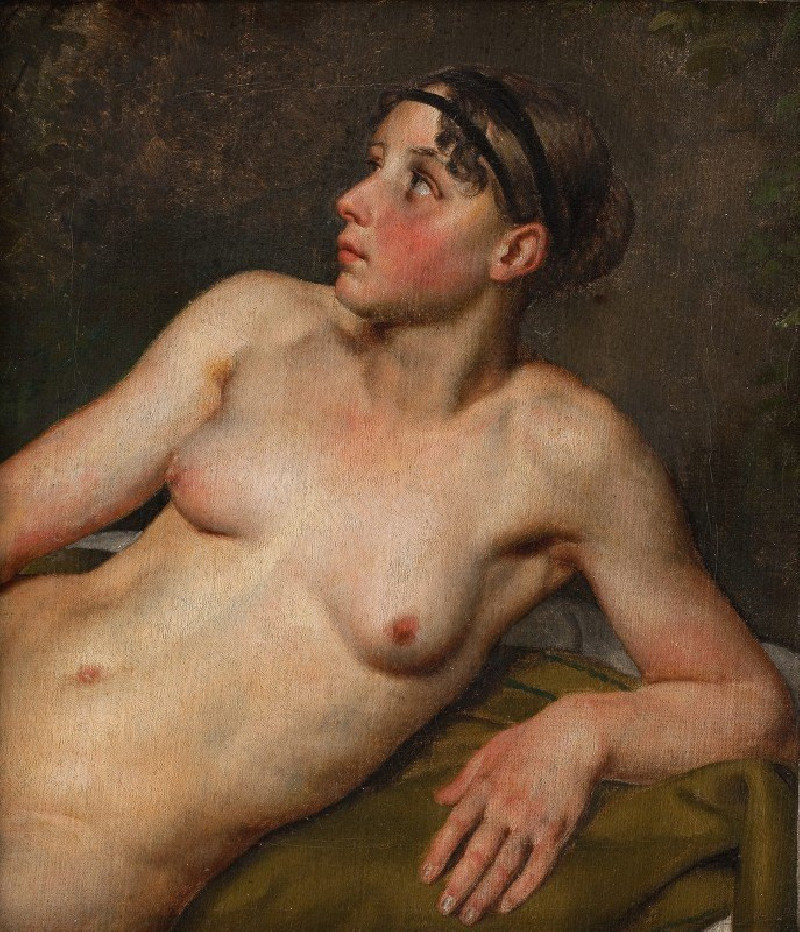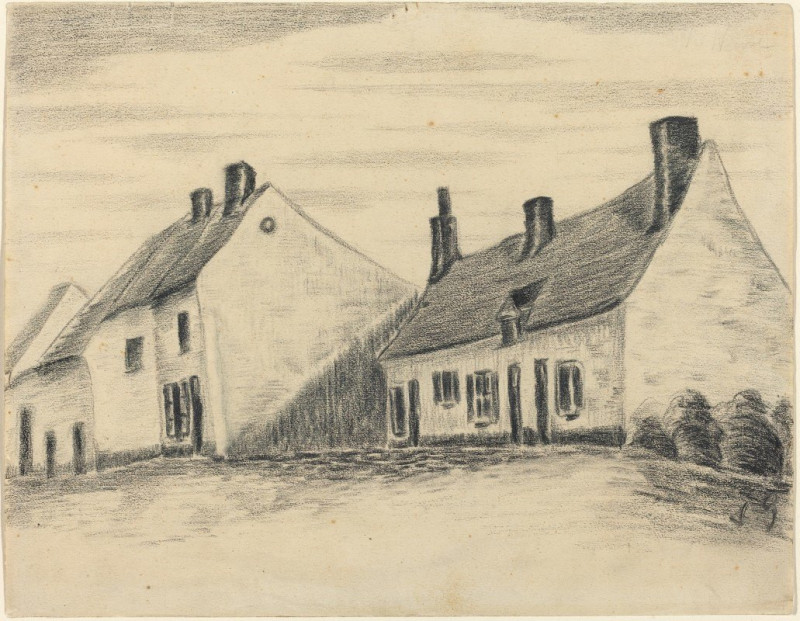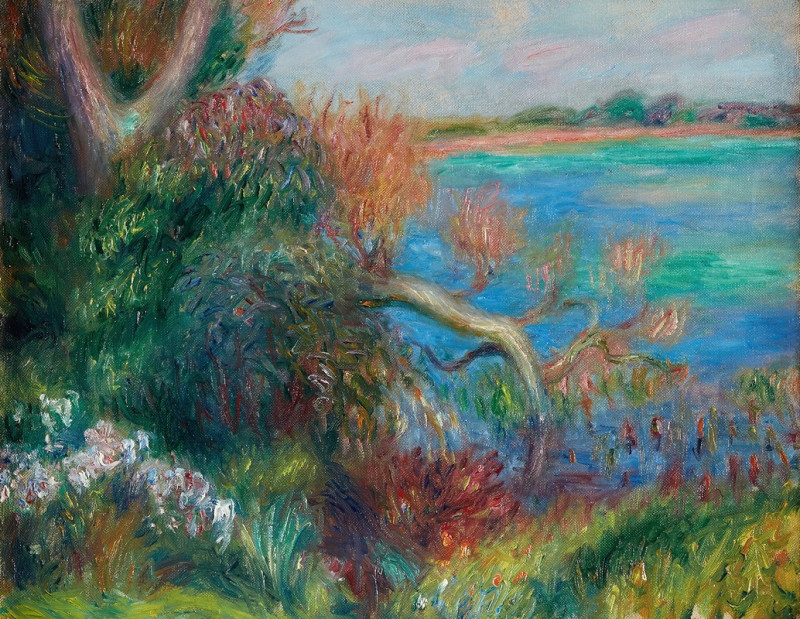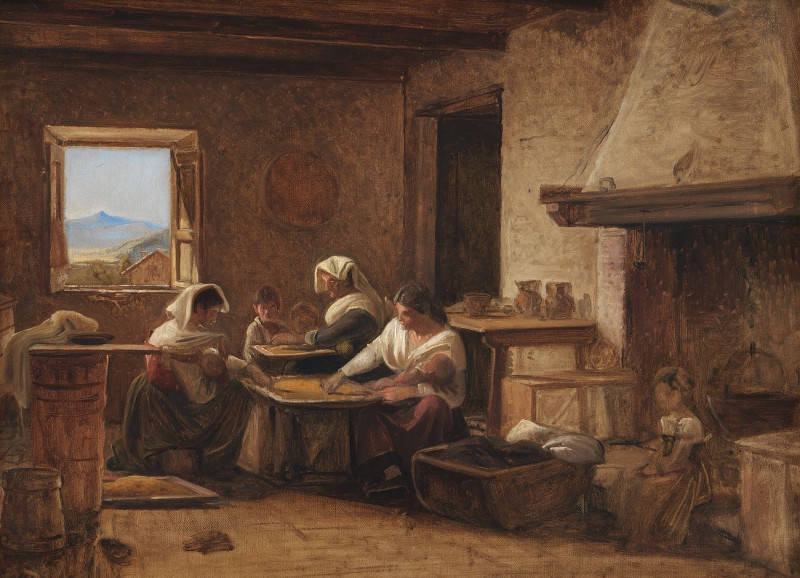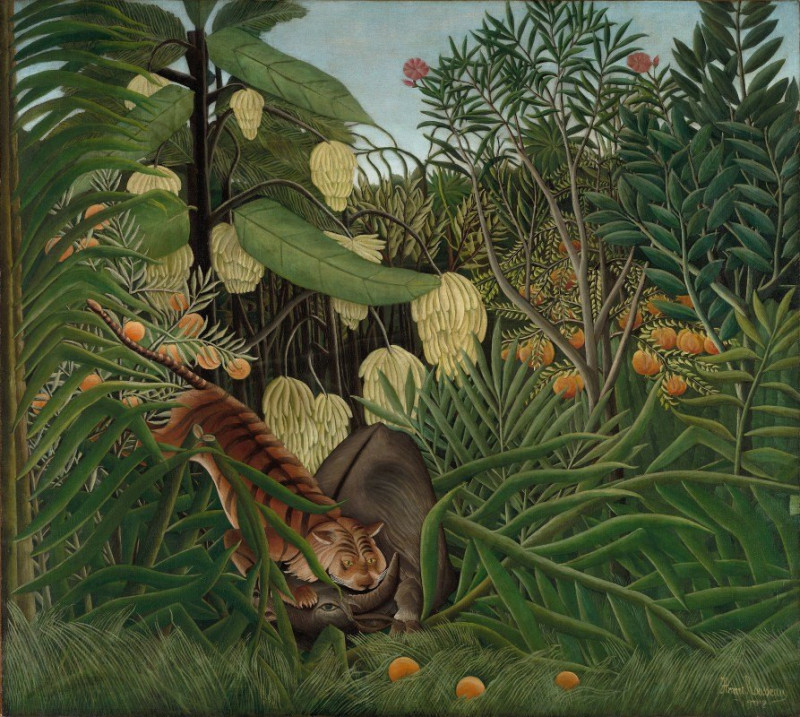Movement of Vaulted Chambers (1915)
Technique: Giclée quality print
Recommended by our customers
More about this artwork
Welcome to the exploration of Paul Klee's "Movement of Vaulted Chambers" from 1915, a striking example of his unique style and innovative approach to form and color.In this painting, Klee presents a dynamic interplay of shapes and colors that seems almost architectonic in nature. The artwork features a series of overlapping and intersecting forms that resemble vaulted chambers and archways, moving rhythmically across the canvas. The use of watercolor allows Klee to experiment with the transparency and intensity of colors, creating a vibrant tapestry that is both ethereal and structured.The viewer's eye is drawn through the artwork by the movement suggested by these curved and angular forms, which seem to float and shift in a harmonious balance. The range of colors, from warm yellows and pinks to cool blues and deep reds, adds to the visual impact of the piece, suggesting depth and the passage of light throughout these imagined spaces."Movement of Vaulted Chambers" is a testament to Klee's ability to blend color theory with his deep interest in geometry and landscape, creating compositions that resonate with emotional and visual complexity.
Delivery
Returns
Paul Klee was a Swiss-born German artist. His highly individual style was influenced by movements in art that included expressionism, cubism, and surrealism. Klee was a natural draftsman who experimented with and eventually deeply explored color theory, writing about it extensively; his lectures Writings on Form and Design Theory (Schriften zur Form und Gestaltungslehre), published in English as the Paul Klee Notebooks, are held to be as important for modern art as Leonardo da Vinci's A Treatise on Painting for the Renaissance.

